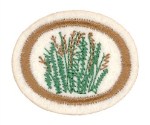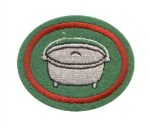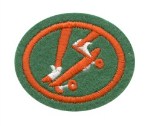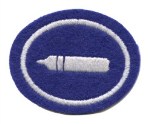- What characteristics must a plant have to qualify as a grass?
- What kind of roots do all grasses have?
- In round numbers, about how many species around the world are there in the grass family called Gramineae or Poaceae?
- Do the seeds of grasses have two halves as in the bean (a dicotyledon), or does the seed consist of just one part as in the lily, date, and coconut (monocotyledons)?
- What unique characteristic in the growth of grass leaves makes it possible for the plant to flourish even though continually mowed or grazed?
- Name three annual grasses, that is, grasses that sprout from seeds, blossom, bear seeds, then die the same summer.
- Name three perennial grasses, that is, grasses whose roots live on from year to year although the top dies down to the crown each autumn.
- In each of the following cases name a single grass, or more where indicated, from which the product is made:
- bread (three grasses)
- brooms
- fish poles
- gluten
- grain alcohol (two grasses)
- hay
- hominy
- molasses
- oatmeal
- starch
- sugar
- white flour
- Do one of the following: a) Collect and correctly label ten cultivated grasses OR b) Learn and discuss about the various uses of grasses by different people around the world.
- Press, mount, and correctly label the flower stalks or seed stalks of five pestiferous grasses that are commonly considered to be weeds.
- In addition to your collection of flower or seed stalks of pestiferous kinds, press, mount, and correctly name the flower stalks or seed stalks of ten additional grasses that grow in your neighborhood. This collection may include the plants whose seeds are in your collection of cultivated grasses.





